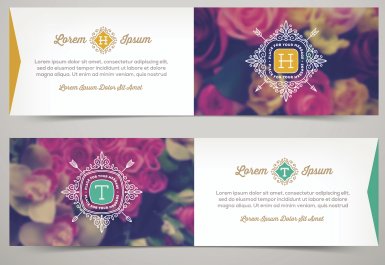
Naming & Tagline Writing
Names and taglines that evoke emotions are memorable, creating a connection with the audience, fostering positive associations, and strengthening the brand’s presence.
Digital graphics are an important aspect of marketing your company or organization on social media, through email campaigns, multimedia displays, websites, mobile apps, and other digital and print channels. They can help you to create a consistent presence in print and online, and effectively represent your company's goals, mission, and long-term vision.
Digital graphics are more than a Facebook cover photo or profile image. They should strategically communicate your company's message clearly and concisely across platforms, including websites, email campaigns, social media, ads, and presentations. In today's digital age, most people research online before purchasing a product or service. This makes it critical your visuals capture attention and reflect the quality, credibility, and values of your brand. Ensure your marketing materials are engaging, professionally designed, and consistent in tone to leave a strong, positive, lasting impression on your audience.



Create a consistent visual style aligned with the game’s brand, including color palettes, typography, and graphical elements for marketing and UI design.

Print designers select and manipulate fonts to enhance readability and visual appeal, considering style, size, spacing, and alignment for harmonious compositions.

UI designers create interactive elements like buttons, menus, and forms, ensuring they are intuitive, user-friendly, and provide clear feedback for seamless user experience.

Names and taglines that evoke emotions are memorable, creating a connection with the audience, fostering positive associations, and strengthening the brand’s presence.
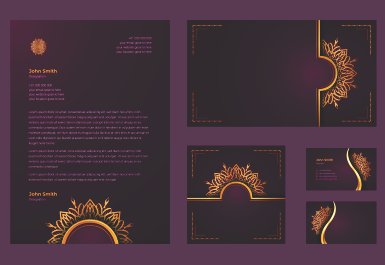
Envelopes feature different seal types, such as adhesive strips, moisture-activated gum, or peel-and-seal closures, depending on convenience, security, and intended use.
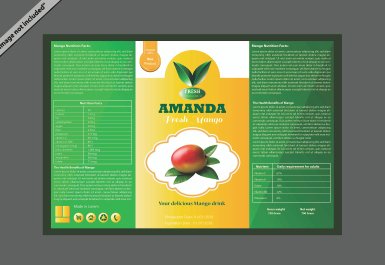
Brand Foundation includes elements like the name, logo, tagline, color palette, typography, and visual style, creating a consistent, memorable brand identity.
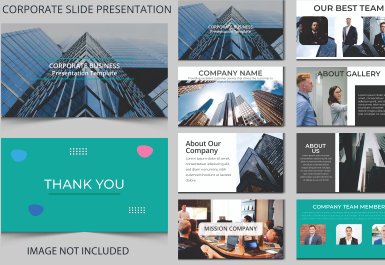
The main purpose of a corporate presentation is to communicate key information, messages, and objectives effectively to the intended audience.

A visiting card, or business card, provides a concise and visually appealing representation of an individual or company’s contact information.

We help in developing strategy for releasing apps to the end users – be it through Google Play, Amazon App Store, enterprise portals or your own distribution channel.
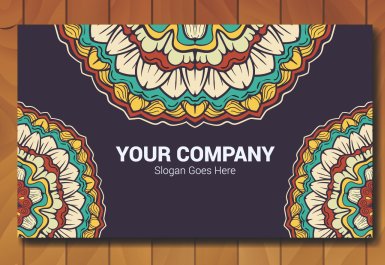
A well-structured business card layout organizes information, ensuring readability. Proper placement of name, title, contact details, and logo with effective white space enhances design.
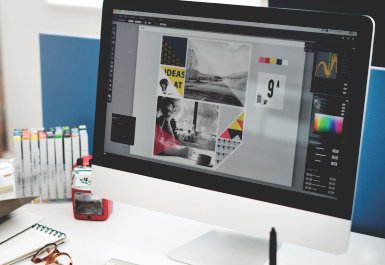
A logo should be original, distinct from other brands, and legally protectable. Thorough research and trademark searches ensure uniqueness and avoid confusion.
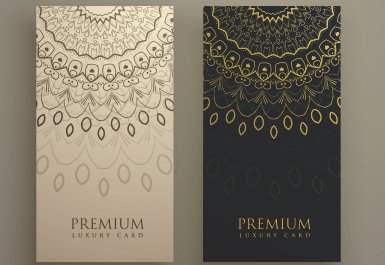
The package should prioritize convenience, with features like handles, resealable closures, or tear strips that enhance user experience and make access effortless.
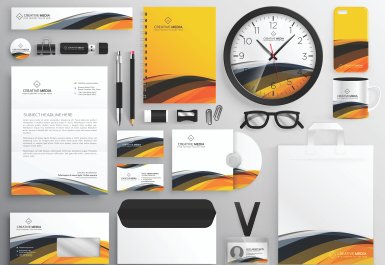
Create appealing stationery designs with colors, fonts, and graphics that align with the brand, evoking desired emotions and enhancing professionalism.
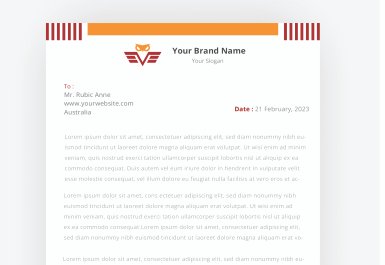
Ensure the letterhead design aligns with the brand identity by using consistent colors, fonts, and visual elements to reinforce recognition and professionalism.
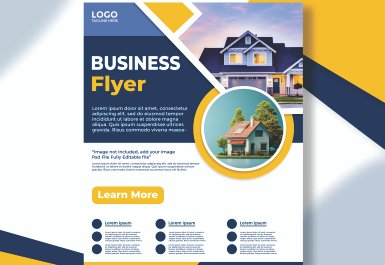
Define the flyer’s primary message clearly, using a catchy headline or tagline to capture attention and convey key information or call to action.
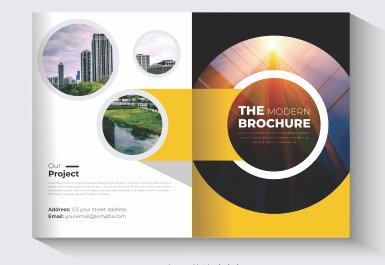
Organize the catalogue with clear sections and categories, grouping related items together for easy navigation and a smooth reading experience.
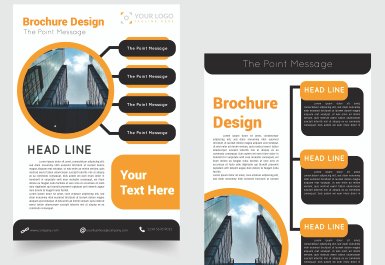
Ensure print advertisements meet high standards by using reputable printing services, accurate color reproduction, sharp images, clear text, and appropriate paper stock.

Define the goal of your social media ad campaign, such as driving traffic, generating leads, increasing brand awareness, or promoting products or services.

Use eye-catching images or graphics that align with your message and audience, creating an emotional connection and capturing attention effectively.

When designing a food menu, focus on layout, typography, imagery, readability, and organization to effectively showcase offerings and enhance user experience.
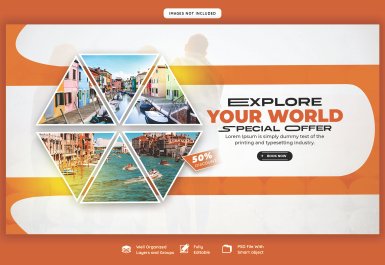
Determine the brochure's purpose and target audience. Understand their needs to guide design and messaging, whether promoting a product, service, or event.